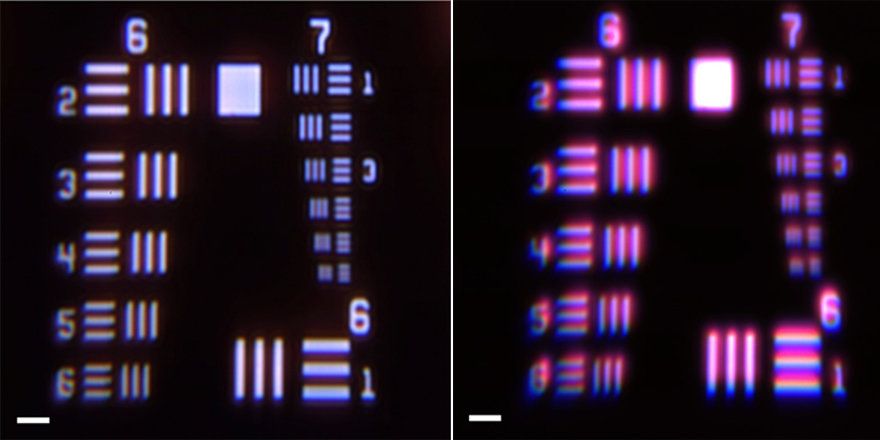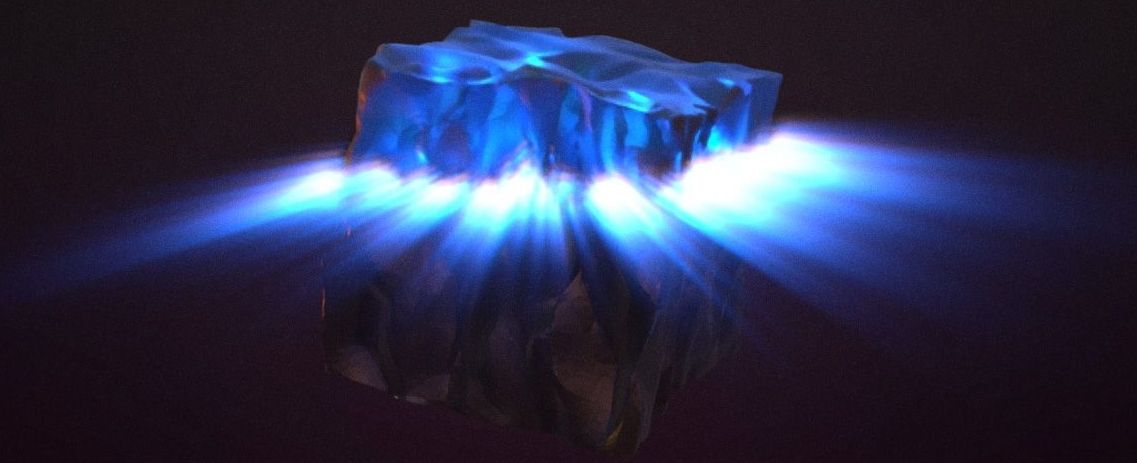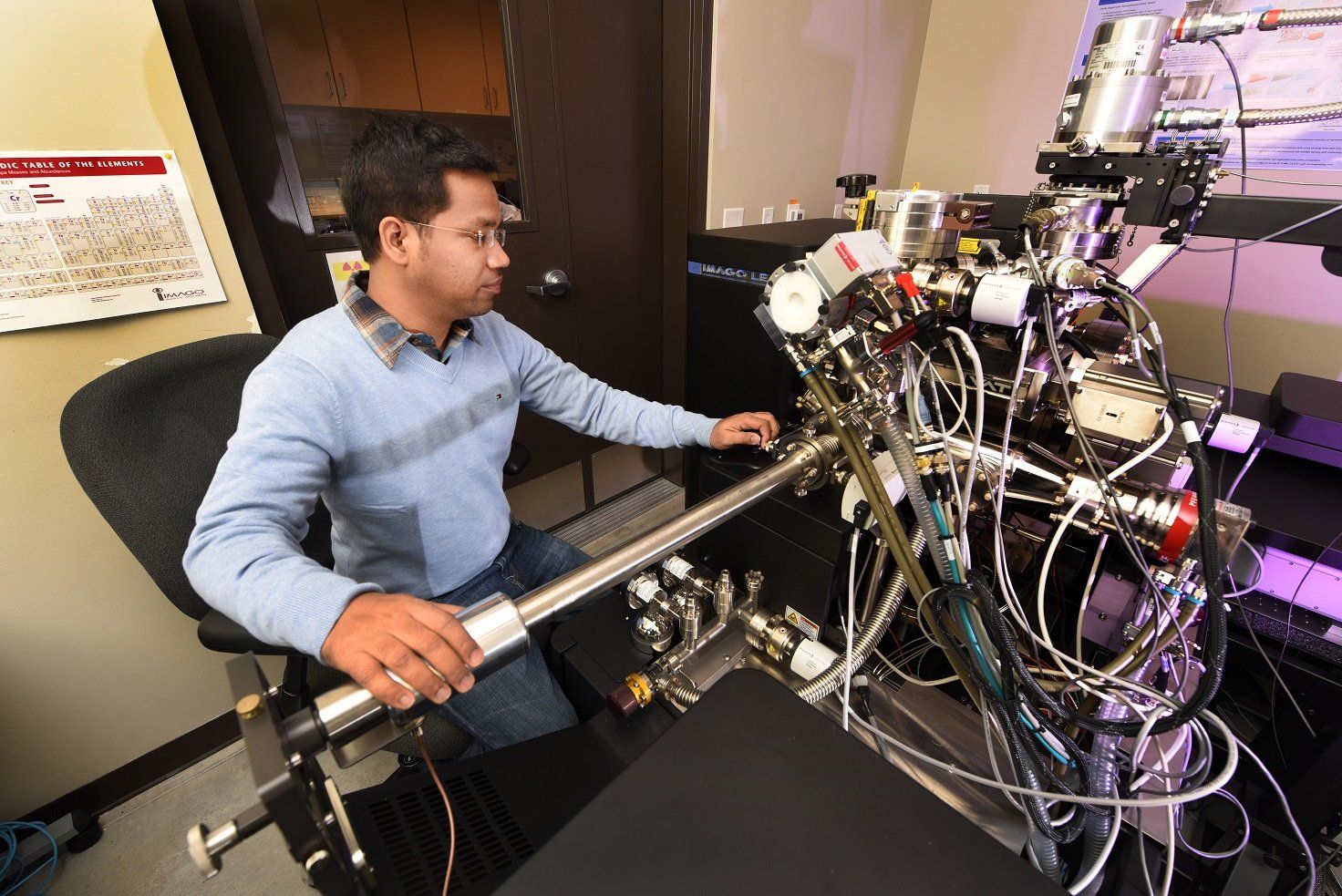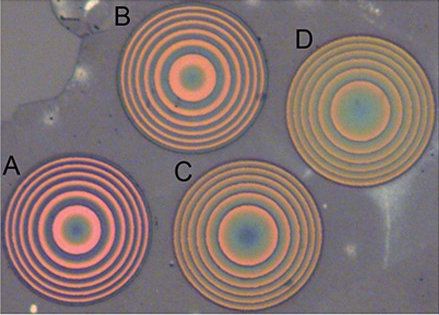They all contain silica, a mineral that’s widespread on Earth and in space.
Using NASA’s Spitzer Space Telescope, researchers found that the material is produced by the massive explosions of stars. Details: https://go.nasa.gov/2r6Zq7P

They all contain silica, a mineral that’s widespread on Earth and in space.
Using NASA’s Spitzer Space Telescope, researchers found that the material is produced by the massive explosions of stars. Details: https://go.nasa.gov/2r6Zq7P


Today’s optical systems—from smartphone cameras to cutting-edge microscopes—use technology that hasn’t changed much since the mid-1700s. Compound lenses, invented around 1730, correct the chromatic aberrations that cause lenses to focus different wavelengths of light in different spots. While effective, these multi-material lenses are bulky, expensive, and require precision polishing or molding and very careful optical alignment. Now, a group of researchers at the Harvard John A. Paulson School of Engineering and Applied Sciences (SEAS) is asking: Isn’t it time for an upgrade?


On Star Trek: The Next Generation, Commander Riker had an impressive ability to receive head wounds. Luckily for him, Dr. Crusher could whip out the “dermal regenerator,” a handheld sci-fi tool that healed skin wounds with a colorful laser.
In early tests, this laser-activated silk and gold material held wounds together better than stitches or glue.

As a cloud of gas collapses in on itself, swirling material shoots outward in opposite directions. These jets can travel hundreds of miles per second and spread light-years of space. And although jets are tell-tale signs of star formation, they are not fully understood. NASA’s James Webb Space Telescope will not only enable us to see through the dusty shroud that usually hides star birth, but to dissect the interactions between jets and the surrounding medium of gas and dust. Take a closer look: https://go.nasa.gov/2FDfJmy

Researchers at Idaho National Laboratory have discovered how to make “superalloys” even more super, extending useful life by thousands of hours. The discovery could improve materials performance for electrical generators and nuclear reactors. The key is to heat and cool the superalloy in a specific way. That creates a microstructure within the material that can withstand high heat more than six times longer than an untreated counterpart.

The next time you’re gazing out of the window in search of inspiration, keep in mind the material you’re looking through was forged inside the heart of an exploding ancient star.
An international team of scientists said Friday they had detected silica—the main component of glass—in the remnants of two distant supernovae billions of light years from Earth.
Researchers used NASA’s Spitzer Space Telescope to analyse the light emitted by the collapsing mega-cluster and obtain silica’s “fingerprint” based on the specific wavelength of light the material is known to emit.


“We did not expect to see such a dramatic improvement just by changing the morphology of the polymer,” said co-corresponding author Mircea Cotlet, a materials scientist in the CFN Soft and Bio Nanomaterials Group.
The scientists believe that there are two explanations behind their observations.
“At a certain polymer concentration, the nanowires have dimensions comparable to the wavelength of light,” said Li. “This size similarity has the effect of increasing light scattering and absorption. In addition, crystallization of P3HT molecules within the nanowires provides more charge carriers to transfer electricity to the graphene layer.”